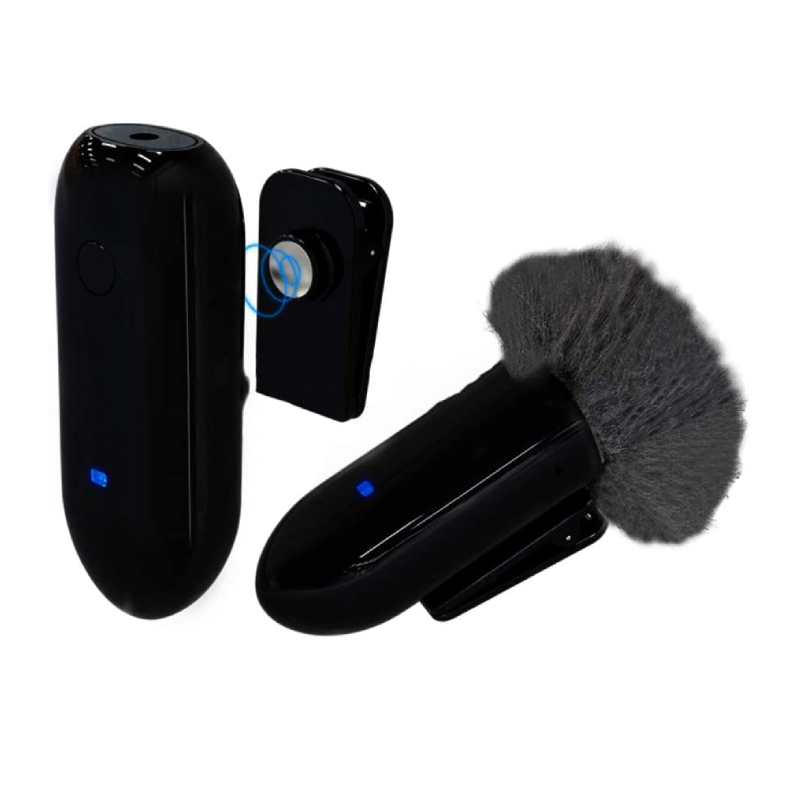When to use a lavalier mic
Now that we know what a lapel mic is, let’s talk about when to use one. Lavalier mics are intended to gather audio for only the equipped actor, meaning multiple lav mics can be used to isolate different audio tracks for each actor, especially helpful in situations with a great deal of cross-talk or in environments with distracting background chatter.
Remember that lavalier microphones are really only meant to record dialogue. If you happen to record additional diegetic sounds like a door shutting or a car starting, they will mostly likely have to be re-recorded by a Foley artist or added in Post-Production by a Sound Designer.
Use a lavalier mic when a boom mic would be impractical or impossible to keep out of the shot. Wide frames with excess headroom and shots with fast and/or complex movement are instances where a lavalier mic may make shooting go much more smoothly than if other types of microphones are relied on.
Lavalier mics are used frequently in mediums outside of filmmaking. Many theater and musical performances make use of lavalier mics. News programs may use lav mics if the anchors are required to be hands free.
A lav mic can also be preferable for anyone in a one-man crew type situation. Don’t have anyone to hold a boom and don’t want to rely on a camera mounted microphone? A clip-on lavalier mic is your best bet.
This video covers a lot of what we've already seen and discussed (but a little review never hurt anyone). But pay attention to some different pro-tips on different ways to hide a lapel mic in clothing and within props.